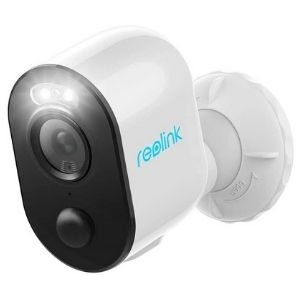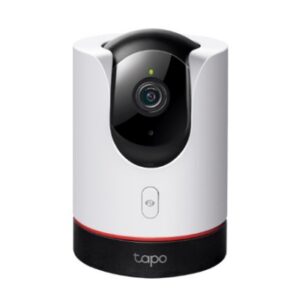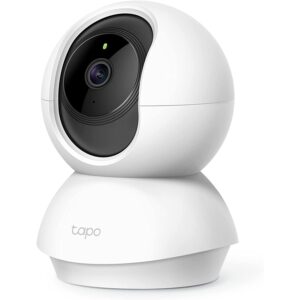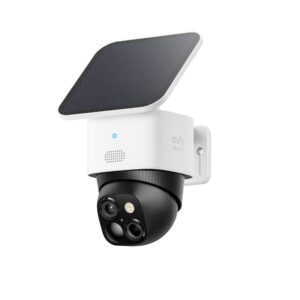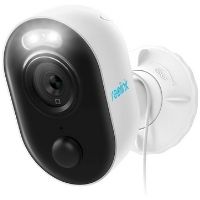Microburbs is the most thorough suburb research tool available in Australia. It distils data about demographics, geography, amenities, education, green space availability, crime rates, property values, and more into a detailed report for every suburb in the country. Simply pop your address or postcode in the search bar and go.
Each report includes scores out of 10 for the following factors:
- Hip Score: How diverse and lively an area is, including how many pubs, cafes, restaurants and art galleries are in the suburb.
- Family Score: A heat map showing proximity to childcare centres, schools and playgrounds.
- Affluence Score: Resident income statistics and industry information, rent vs. ownership, public housing percentage.
- Safety Score: A heatmap showing the rates of different types of crime, from assaults to property crimes.
- Lifestyle Score: How many cafes, restaurants, beaches and gyms are in (or near) the suburb.
- Convenience Score: Public transport access, distance to work centres, access to supermarkets, chemists and general stores.
- Tranquility Score: Population density, leafiness and maximum height of buildings.
- Communications Score: Internet speed and mobile network coverage.
- Community Score: Resident tenure, volunteerism, community centres, clubs, libraries, leisure centres, places of worship and markets.
For suburb research that's more focused on crime specifically, Red Suburbs is going to be your best bet. It collates crime data from police all over the country, with the exception of the Northern Territory and Tasmania. You can see data as broad as state-level to as granular as suburb-level.
Each report shows a snapshot of crimes per capita, year-on-year trends, and comparative data to show how each area stacks up against the state and country's crime level.
The reports also show a breakdown of the top crime types in a given area, ranging from violent crimes to property crimes and even transport regulation offences.
Statistics are great, but sometimes the best way to get an idea of what an area is like is to talk to locals. When you can't do that in the flesh, Homely is a solid alternative.
Though primarily a real estate listing website, Homely has a whole section dedicated to suburb reviews from locals. It also collects data on what the suburb is good for, what it's not so good for, and the type of people who live there (e.g. families, professionals, retirees).
The only downside is that not every suburb will have many (if any) reviews. Still, it's a great resource to check, especially if you're moving to quite a popular suburb.




